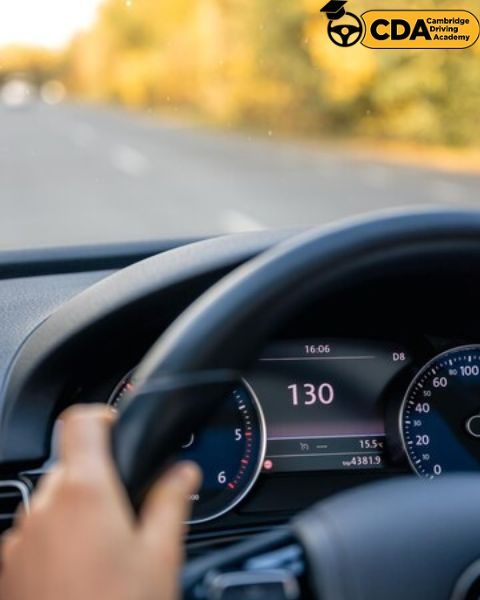The speed limit on roadways is fundamental to ensuring safety for drivers and pedestrians. Knowing and adhering to speed limits is crucial for preventing accidents and maintaining orderly traffic flow. In this blog post, we will unravel the intricacies of speed limits, explore how they are determined, and provide insights on how drivers can work them out effectively.
Understanding Speed Limits:
1. Legal Foundations:
Local traffic authorities establish legally enforceable speed limits. They serve as maximum allowable speeds for vehicles on specific roads or certain areas. These limits are implemented to reduce the risk of accidents and enhance overall road safety.
2. Variable Speed Limits:
Speed limits can vary based on the type of road, the surrounding environment, and local regulations. Residential areas typically have lower speed limits to protect pedestrians, while highways may have higher limits to accommodate faster-moving traffic.
3. Regulatory Signs:
Speed limits are communicated through regulatory road signs. These signs display the maximum allowable speed in miles or kilometers per hour, providing clear guidance to drivers. Ignoring these signs can result in traffic violations and fines. Understanding how to deal with Blind Spots
4. Factors Influencing Speed Limits:
- Road Type: Residential streets, urban roads, and highways have different speed limits based on design and purpose.
- Traffic Density: Speed limits may be adjusted in areas with high traffic density to ensure safe navigation.
- Presence of Pedestrians: Lower speed limits are often enforced in areas with a higher likelihood of pedestrians, such as school zones or city centers.
Calculating Speed Limits:
1. Road Signage:
The most straightforward way to determine the speed limit is by observing road signs. Regulatory signs displaying speed limits are strategically placed along roadways to inform drivers of the maximum allowable speed.
2. Local Regulations:
Familiarize yourself with local traffic regulations. Municipalities may have specific speed limits for certain zones, and being aware of these regulations is essential for responsible driving. Become a responsible driver with the help of our professional Driving Instructor in Cambridge
3. Common Speed Limit Guidelines:
- Residential Areas: 20-30 mph (32-48 km/h)
- Urban Roads: 30-45 mph (48-72 km/h)
- Highways: 55-75 mph (88-120 km/h)
4. Adapting to Conditions:
In adverse weather conditions, reduced visibility, or heavy traffic, it is crucial to adjust your speed accordingly. Driving at a safe speed that suits the road conditions is a responsibility all motorists share.
Conclusion:
Understanding the speed limit and calculating it effectively are integral components of responsible and safe driving. By familiarizing yourself with road signs, local regulations, and common speed limit guidelines, you contribute to a safer and more harmonious traffic environment. Adhering to speed limits not only prevents legal consequences but, more importantly, ensures the well-being of everyone on the road.
